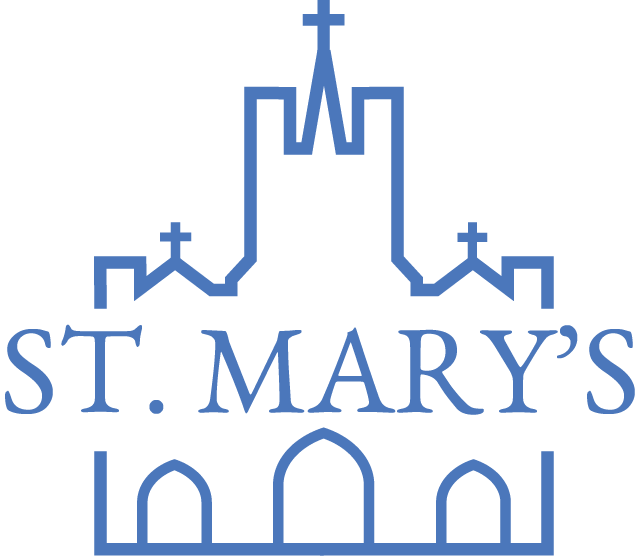01 Apr Good Friday, March 25, 2016
Homily by Archbishop Brendan M. O’Brien
Good Friday 2016
St. Mary’s Cathedral
March 25, 2016
Anyone who listens to the account of Jesus’s passion and death cannot help but be struck by the suffering it contains: the excruciating physical pain, the grief of betrayal and abandonment. But the account of the Passion and Death of Jesus is not just the story of one man’s suffering, or even a representation of the suffering which takes place in the lives of so many people today. No, the account of Jesus’s Passion and Death is painted on a much broader canvas. Because it involves Jesus, God made man; it is the story of our salvation.
Salvation literally means healing. To be saved means to be healed or made well. But from what do we need to be saved? The answer we usually give is ‘sin’. But what is that? It is both our flawed human nature, which we sometimes refer to as original sin, as well as the actual sins we commit.
At the heart of sin is separation – the kind of separation we experience in ourselves, between the person we should and want to be and the person we are. Sin is also about the separation we experience between ourselves and other people. And sin is the separation we experience from the ultimate purpose and meaning of our lives – or, in religious terms, that sense of separation or distance we feel from God. What has the power to heal sin is grace: the recognition of God’s love for us.
We are all familiar with the Hymn “Amazing Grace”. Its author was John Newton, a sailor involved in the slave trade in the 18th century. He was caught in a raging storm at sea, and, relying on his childhood memory of his Christian faith, he prayed for deliverance. He was rescued, and eventually got out of the slave trade, became a minister and notable preacher, and penned that famous hymn whose most memorable words are surely, “I once was lost, but now am found; was blind but now I see.”
This is an example of the grace that is able to heal our separation from God, from others, and also from the conflict within ourselves. St. Paul gives us a memorable description of this inner conflict when he says, in Romans 7:19, “I do not understand my own actions……For I do not do the good I want, but the evil I do not want is what I do.”
The Cross, which dominates today’s liturgy and which we will venerate in a few minutes, is the symbol of God’s love for us which is given to us freely and unconditionally – not because we deserve it, but simply because God loves us, because we are his. The Cross is the ultimate symbol of self-sacrifice and compassion. To prove the extent of God’s love for us, Christ chose the worst possible kind of death, being crucified as a condemned criminal.
When we look on the Cross, it is meant to elicit in us love in return. This is how it brings about the healing effect of salvation – the realization that, despite our failings and imperfections, we are loved by God; and, because God’s merciful love extends beyond us to others, they, too, should be the recipients of our love and concern.
As sign of God’s love, the Cross is a powerful symbol. Its vertical beam represents the reuniting of heaven and earth, God and humanity. Its horizontal beam with Christ’s arms outstretched on it signifies the reuniting of human beings with one another, since we are all the beneficiaries of that same great love.
On this Good Friday, during the Year of Mercy, may we be ever more mindful of God’s love for us exhibited in Christ’s death on the Cross. May we realize and accept its power to heal the separation within us, our separation from others, and our separation from God.

